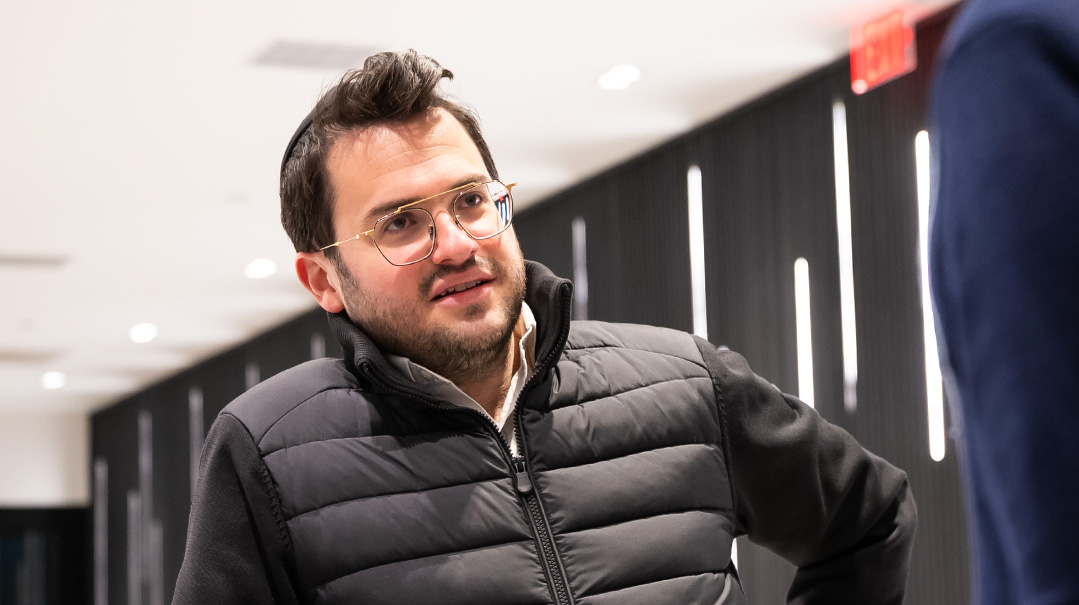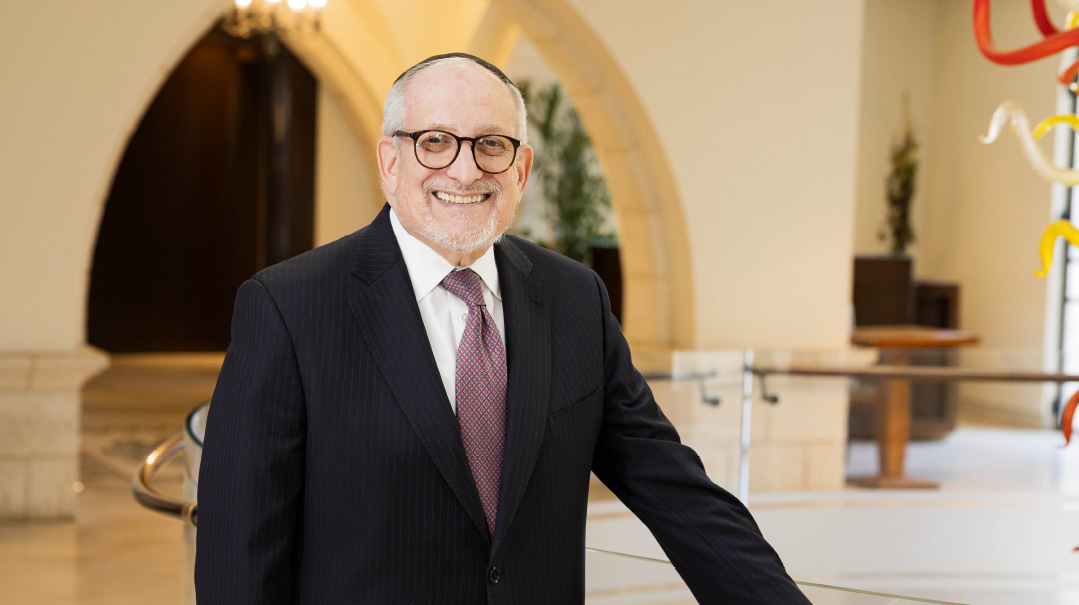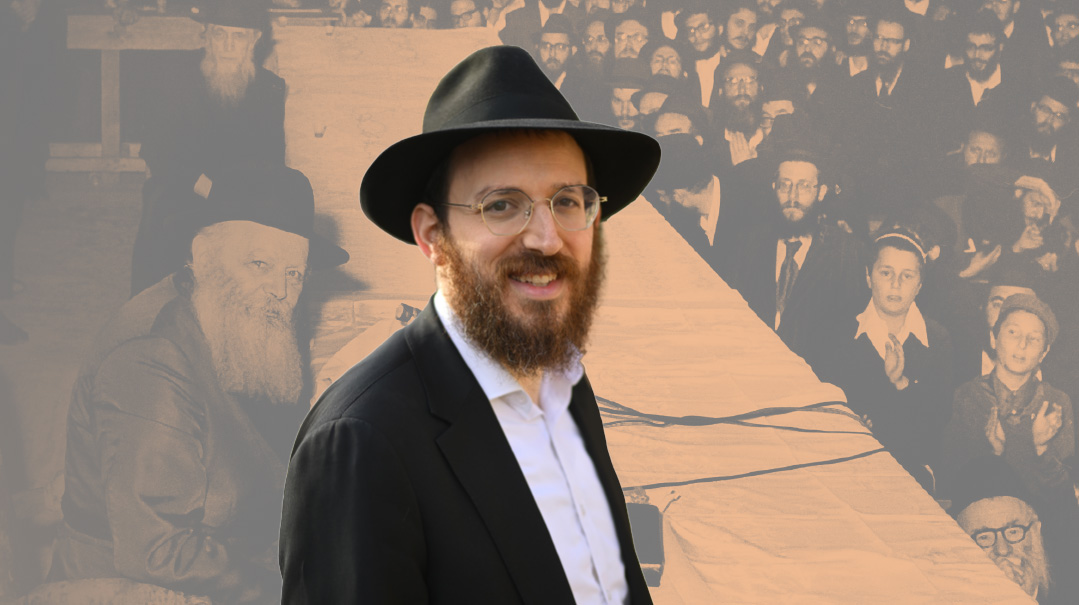Beketshes in Baltimore
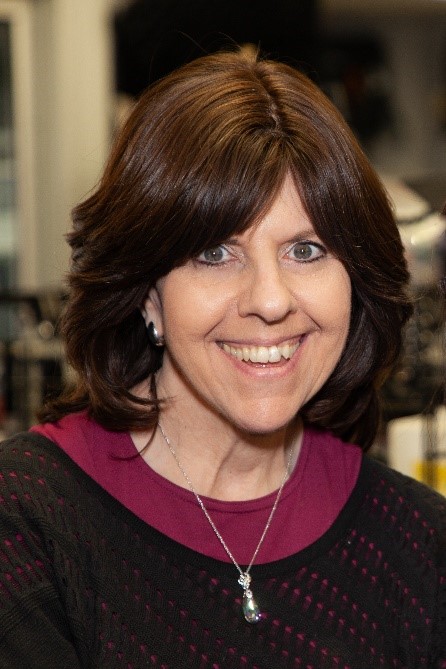
They’re far away from their rebbes, their friends and families, their shtieblach, and the 24/6 shopping and take-out they were used to in Boro Park or Williamsburg, but they’re setting down roots in a slower-paced, less congested, Torah-friendly town.
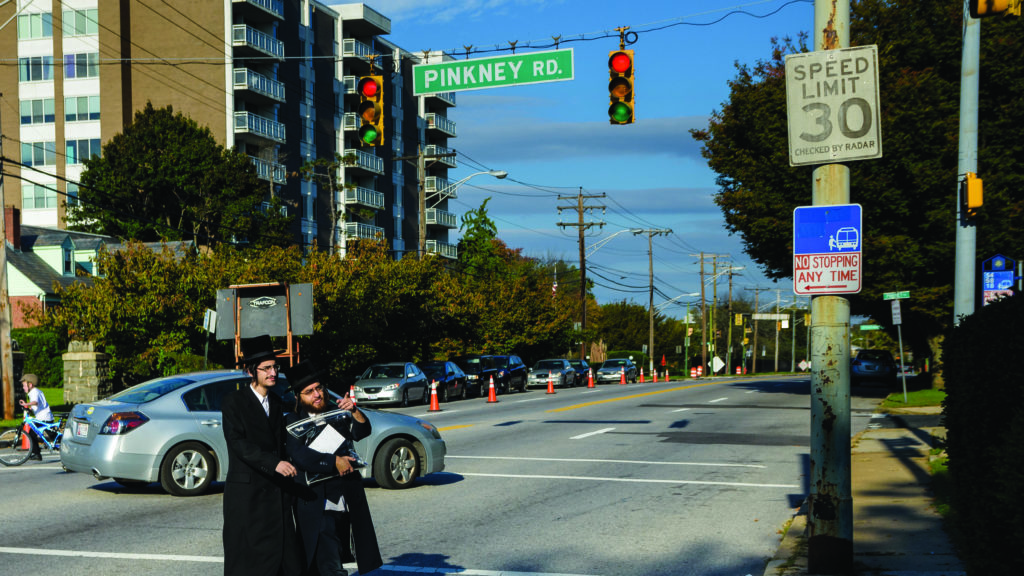
They’re far away from their rebbes, their friends and families, their shtieblach, and the 24/6 shopping and take-out they were used to in Boro Park or Williamsburg, but they’re setting down roots in a slower-paced, less congested, Torah-friendly town. Today’s chassidim have decided to venture beyond New York, where the grass really is greener
When the Babads made the move to Baltimore from Boro Park in time for the start of Elul zeman, among the items on their moving truck was a freezer full of meat.
Skulener-Vizhnitz chassidim, the couple figured there was no way the Baltimore stores would carry a hechsher to their liking, so they prudently stocked up.
How wrong they were.
Not only was Skverer and KJ meat available in the predominantly litvish community, there were many other reliable heimishe hechsheirim.
Welcome to Baltimore, a community known for its superb yeshivah, its warm, accepting community — and now a chassidish kollel.
The Babads are but one of 19 families that moved into town shortly before Elul, creating a group of yungeleit that will form the core of the K’hal Chassidim Kollel L’Horo’ah. The five-year learning program will train its members for the rabbinate, and includes kolleleit from Belz, Bobov, Bobov-45, Sanz, Satmar, Skulener, Skverer, and Vizhnitz.
This is not the first time that a group of chassidim has moved out of New York to establish themselves in a new community. Chicago opened up a chassidish kollel last year, and Los Angeles and Toronto each have had one for years. Faced with overcrowding, high housing prices, and the high stress of living in New York, chassidim, traditionally reluctant to move away from their rabbinic leaders, are planting themselves in new fields.
For now, this group has taken up residence in rehabbed apartments along Park Heights Avenue, the vein of the Baltimore Jewish community. Once the kollel completes construction of its new townhouse-style homes, the families will move, making room for future kollel families. The kollel building itself is currently on an empty lot near the kollel apartments and its childcare facility. This will be the kollel’s all-purpose “home” — housing its shul, beis medrash, and community learning programs and activities — for the next two years. A permanent beis medrash building, just down the street, will include all of the amenities needed for the new kehillah, including a mikveh and social hall.
Together as One
According to Rabbi Zvi Weiss, the executive director of Kollel L’Horo’ah, there were a number of reasons to start the kollel, but chief among them were: to benefit a group of Baltimore chassidish families, called the “Chevreh,” which established an organization, K’hal Chassidim, that has been living in Baltimore for about 15 to 20 years; and to entice other chassidish families to move to Baltimore.
“The K’hal Chassidim families are part of the fabric of Baltimore,” explains Rabbi Weiss. “Until now, they’ve been called a ‘chevreh.’ They’ve gotten together for a monthly Melaveh Malkah every Shabbos Mevarechim for the last decade. It’s a chevra that learns together, and we have a shabbaton every summer.
“The question became, ‘How do we grow this chassidish community?’ These families want that to happen, because they want to continue raising their children here in Baltimore; they would love their children to get married and settle here.” In order to facilitate that, he says, they had to create an infrastructure that would attract more chassidim. “The solution chosen was to form the new kehillah around the nucleus of a solid Torah environment — a kollel.”
Even before this new group arrived, Rabbi Weiss says the interest was intense. He had received phone calls from fathers asking if there would be kolleleit to learn with local bochurim and whether shiurim would be offered for adults. “It’s all pretty new now, it’s all in formation, but we are in the process of developing what we have into a complete, active shul,” says Rabbi Weiss. “Not only as part of the kollel, but for the community — shiurim, opportunities to learn b’chavrusa, Lunch and Learn, yarchei kallah, yemei iyun — everything that any other out-of-town community kollel would do.”
The kollel will train its members in rabbanus, and those who stay on past five years have the option of becoming dayanim. These yungeleit — 22 are expected by Cheshvan — have been learning halachah for years; now, they are starting to learn hilchos Shabbos and will learn Yoreh Dei’ah in preparation.
One longtime local chassidishe community member, who wished to remain anonymous, said he can already feel the difference the kollel will make.
“My family is chassidish and we have had our ‘chevreh’ here in town for many years, but what was missing just landed in our laps — a young, vibrant chassidishe kollel,” he said. “My learning and davening have improved so much in the last three weeks that I feel like a changed man. Each one of the kollel families is different, like each member of the chevra is different. Together we make a beautiful harmony. I think that part of that is the wide variety of chassidic groups each comes from. That’s a good match for Baltimore, with its diversity of individuals and shuls, all of whom dwell b’shalom together.”
Baltimore’s chassidic presence began to take root shortly after World War II, when a group of friends and admirers of Rav Tzvi Elimelech Hertzberg ztz”l — who at the time was giving a daily Gemara shiur at the Shomrei Mishmeres shul in East Baltimore — decided to open a shtiebel-type shul. In 1946, their efforts came to fruition with the purchase of a large frame house, which was converted into Congregation Beth Abraham and the living quarters of their beloved rebbe and his family. Subsequently, in 1951, the Brider Rebbe, Rav Amrom Taub ztz”l, was sent to Baltimore by the Divrei Yoel of Satmar to become the rav of K’hal Arugas Habosem. Since the Brider Rebbe was niftar in 2007, the Rebbe’s son Rav Shaya Taub has been carrying on his father’s legacy.
At the helm of the new Baltimore kollel is Rav Hershel Rosenfeld, who received semichah from the Makover Rav and the Klausenberger Dayan, among others.
Until recently, Rav Rosenfeld had served for 15 years as the rosh yeshivah and menahel ruchani of Mosdos Nadvorna in Bnei Brak. Prior to that, he was the rosh kollel of the Sadigura Kollel in Eretz Yisrael; a dayan in the Beis Din Mechon L’Horoah in Monsey; and a mechanech in the Belz Mosdos in Monsey. As early as last summer, Rav Rosenfeld made numerous trips to Boro Park, Monsey, and Williamsburg to interview more than 100 candidates for his kollel yungeleit.
“When I went in to my rebbe to ask his advice on whether to come to Baltimore or not, he seemed to already know I was coming,” said one of the kollel yungeleit. “He had already done his research on Baltimore and had concluded that it was the right community for our family. He had only praise for Rav Rosenfeld, and the quality of the stellar yungeleit who had already been accepted into the kollel made it easy for him to give me an unqualified yes.”
Rabbi Rosenfeld, in turn, compliments the Baltimore community for creating a warm welcome.
“The kevod haTorah is palpable, with the acceptance and shalom ingrained into the fabric of the community,” he says. “It is clear that this unbelievable openness and warmth begins with the rabbanim of the city. They are a tremendous example of achdus for other communities as to how Yidden can work together and get along with one another despite their differences. This results in a trickle-down effect, whereby the kehillah also learns to respect each other and newcomers. Baltimore is a true prototype of Torah, yiras Shamayim, and achdus.”
Local stores are already making accommodations for the new residents. Seven Mile Market has been working together with the kollel administration and members to provide them with their desired products. Although Seven Mile Market already carried a large selection of Agri Star meat and poultry products and the Birdsboro brand of chicken, it has expanded its selection to provide such items as Be’er Mayim soda and seltzer; Golden Flow juices; Leiber’s dressings; and other products with their preferred heimish hechsheirim.
Working Model?
But will chassidim fit into Baltimore, a place not known for its chassidic presence? K’hal Chassidim Kollel L’Horo’ah can take encouragement from the growth of Kollel Ahavas Torah, the chassidish kollel that opened in Chicago two years ago with 11 yungeleit, under the leadership of Rav Yehoshua Eichenstein. The predominantly litvish Chicago community not only greatly appreciates the kollel — which is similarly comprised of members of various chassidic sects who hail from Williamsburg, Boro Park, Monsey, and the like — it has “warmly embraced it.”
From its inception, chassidus has placed primal importance on two foundational concepts: the tzaddik and the chevreh. Starting with the Baal Shem Tov himself, chassidus has anointed leaders who have demonstrated mastery of both revealed and hidden Torah, thus enshrining the Gemara’s imperative for every Jew to seek wisdom from one wiser than he.
But proximity to such a leader is only half of the equation; for a chassidic community to be viable, there needs to be a fellowship of families aligned in their loyalty to the rebbe and also to each other, strengthening and supporting each other. Thus the interplay of these two concepts, tzaddik and chevreh, has fostered the development of the chatzer, the court. This model has proved successful across time and geography, from 18th-century Russia to modern-day New Square and Ashdod. It has forged communities that are both vibrant and tightly bound.
Someone born into this system enjoys benefits that extend quite literally from cradle to grave. Those who remain within the confines of the chatzer will have all of their needs supplied — educational, social, household, and perhaps even livelihood. As anyone who has toured Boro Park and Monsey can attest, the retail system that springs up to support this lifestyle is also very robust. Naturally, then, leaving the chatzer can be a daunting proposition.
There is, however, a problem created by the very vibrancy and close-knit nature of this system: it creates a booming population, and thereby triggers an ongoing demand for housing and extension of the whole supporting infrastructure. At a certain point, the explosive growth reaches a critical mass and shortages drive up the cost of housing to prohibitive levels. This, then, necessitates that the community find solutions farther afield, beyond the cozy walls of the chatzer.
Of course, the chassidim are coming to a community long known for its talmidei chachamim, its yeshivah, and its strong sense of unity.
Yeshivas Ner Israel was founded by Rav Yaakov Yitzchok Ruderman ztz”l, in 1933. True to the spirit of achdus that has become the trademark of the Baltimore community, local rabbanim have given their blessings to Rav Rosenfeld and the kollel.
“We’re very happy that they are coming and we wish them a lot of hatzlachah,” says Rav Moshe Heinemann, rav of the Agudath Israel of Baltimore. “These Yidden are not stam Yidden, they are bnei Torah, they are learning Torah, and the more Torah there is, the better the city is. We need a lot of frum Yidden over here.”
“The rosh hakollel made a fine impression on us,” adds Rav Sheftal Neuberger, menahel of Ner Israel. “The avreichim are dedicated to learning and mastering halachah. We wish them hatzlachah l’hagdil Torah ul’hadirah.”
Southern Hospitality
While their husbands are learning, the kollel has found jobs for the wives in local businesses and schools, and the children attend the Yiddish-speaking day care center. Run by longtime Baltimorean preschool educator Mrs. Rochel Zucker, it meets a block away from the Agudath Israel, just a short walk from the kollel apartments in the heart of the Upper Park Heights community. The proximity is a necessity since it is the minhag of these chassidishe women not to drive. (To accommodate the women’s daily transportation needs, however, the kollel has provided a female-operated van shuttle service to take them to work, shopping, and appointments.) A Yiddish-speaking cheder with a rebbi and a melamed is slated to open next year.
Mrs. Fradel Mozes, a kollel wife who teaches at the new day care center, says there are two “amazing” aspects of Baltimore. “First of all, the good middos in the people here. You see the good-heartedness of people — it shines through. We had a kiddush on our first Shabbos here, with all kinds of people and rabbis, and everyone came and gave it a good feeling. It makes you feel so privileged to be part of such a community.”
Mozes says she also appreciates the quiet that comes with living in Baltimore. “You have the city life with the hustle and the bustle, but it’s not like Ocean Parkway. It’s very geshmak. There’s a special pashtus here — people don’t need much. And there’s no competition. You get whatever you get.”
Still, Mozes says, there are challenges. She moved directly from Williamsburg, where all her shopping, along with the gan and yeshivah, were within walking distance. Since she doesn’t drive, there will be transportation challenges.
Mrs. Shainy Babad, a native Boro Parker, was just as enamored with the Baltimore community from the start. “I’m loving every minute,” shared Mrs. Babad, the mother of two sons, aged two and a half and one, who is employed as a bookkeeper. “It’s a wonderful place. I love the nature, the grass, the trees, the people, the friendliness, the welcoming — everything about it. I can tell it’s a community of chesed. People have no idea who I am and they just offered to help me with whatever I need. They gave me their phone numbers.”
For example, she said, a friend went to the doctor’s office without insurance. “In some places, if you come to the office and don’t have insurance, they’ll say, ‘Go away, what are you doing here?’ ” But in Baltimore, they worked around the problem. Another example: One of her neighbors got an envelope from the mailman that said, “Please write your name on the mailbox.”
“Elsewhere, if you don’t have your name on the mailbox, goodbye! Here, even the mailman was saying, ‘I really want to give you your mail, but I don’t see your name on the mailbox.’ ”
Even what is perhaps the biggest out-of-town community culture gap for the Kollel L’Horo’ah kollel families is seen in a positive light by Mrs. Babad.
“Late at night, in Boro Park, if we wanted something to eat, we could go out,” says Mrs. Babad. “On the other hand, I feel it’s a good thing that we’re living far from all the stores. You just don’t rely on prepared-by-others food. In Boro Park, everyone is so busy — if there is no supper, you might as well get takeout. Here, no matter what, there is going to be supper on the table on time. I think people here are less spoiled. We’re so used to having our grocery around the corner, right there. Everything has to be 24/6, and people expect things to be on the spot.”
Yet another anonymous kollel yungerman corroborated the sentiments of these kollel wives with regard to the warm Southern hospitality. This yungerman sees a future for himself in Baltimore, and also for relatives who may come one day.
“Even though we are now a couple of hours away from our family, they come to visit us all the time and our house is full of guests nearly every Shabbos,” he says. And, best yet: “My shver says he is thinking about moving.”
(Originally featured in Mishpachaa, Issue 581)
Oops! We could not locate your form.







